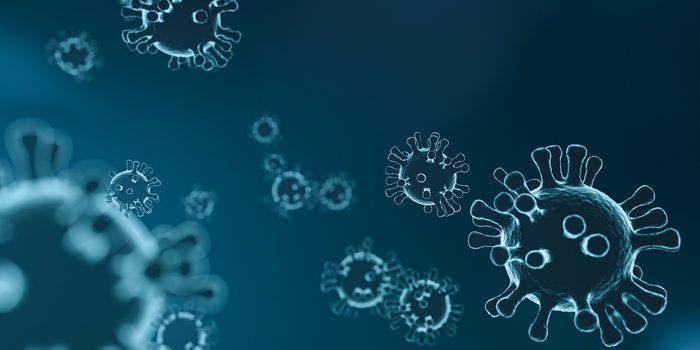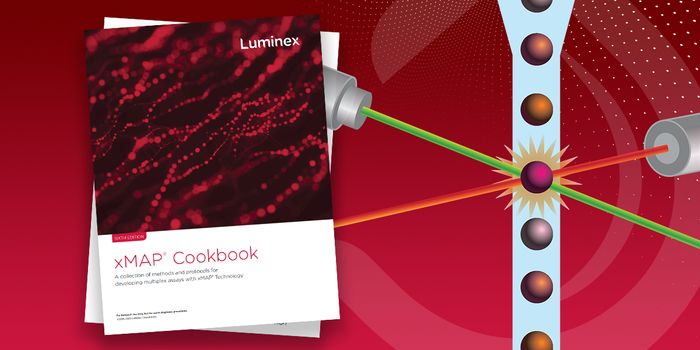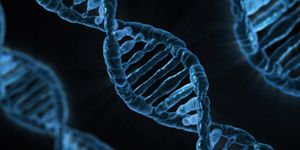Fate of the T Cell
The immune system consists of a variety of different cell types. But how do the cells undergo differentiation? A study recently published in Science, from members of the University of Alabama Birmingham and a few other laboratories, including Casey Weaver, M.D., the Wyatt, and Susan Haskell, Professor of Medical Excellence in Pathology reveals the mechanisms at play during critical T cell differentiation processes after an antigenic threat has been detected.
CD4+ helper T cells are responsible for aiding B cells in the production of antibodies and memory cells; they are known as T follicular helper cells (TFH). CD4+ T cells are also involved in the production of cells that initially respond to an infection; these are known as non-T follicular helper cells or non-TFH.
Until this study, the work behind the differentiation was not well understood. Previous studies suggested the T cell growth factor called interleukin -2 or IL-2 had something to do with it.
The team of researchers began by genetically engineering IL-2 reporter mice; a never before explored option to determine when and where IL-2 production occurs. The engineered mice allow for the cells to be sorted into two groups; IL-2 producing cells and non-IL-2 producing cells. The sorting could be completed in a few hours whereas previous methods allowed only for sorting a few days after the IL-2 production.
Further analysis of the sorted cells shows the genetic makeup to become divergent. Specific genes known to be in association with the TFH development and function are activated with IL-2 production. Opposite to this observance, non-IL-2 producing cells activated genes known to be associated with the non-TFH effector cells.
Interested in the bifurcation of CD4+ T cells, the team of researchers also explored the details surrounding TFH and non-TFH effector cells. This work displayed evidence that strength of the bond between the antigen and the antigen receptors on naïve T cells as well as increased antigens involved, correlated with increased IL-2 production.
DiToro shares, "having learned what goes into the development of TFH cells, now we can manipulate these powerful cells that are required by B cells to drive production of high-affinity antibodies."
Interestingly, the research shows that IL-2 production and exposure from TFH cells results in the increase of gene activation for non-TFH effector cells. This displays IL-2 acting in a hormone-like way affecting nearby cell behavior.
BcI6, a gene involved in TFH cell development, is activated when exposed to IL-2. This exposure differentiates the T cell further into three types of non-TFH cells; intracellular single-celled, viral or bacterial pathogens for Th1; multi-celled organisms like worms for Th2; and extra-cellular single-celled pathogens like E. coli for Th17.
In an in vivo model with mice, inflammatory response conditions give insight into the role of memory T cells. Memory T cells are responsible for sticking around for a long time to ensure quick adaptive responses to pathogens a host may have already encountered at one time or another. This work utilized naïve CD4+ T cells and the development of the Th1, Th2 or Th17 cell types. The work shows IL-2 producing T cells to become central memory T cells found in lymph tissue and non-IL-2 producing T cells to become effector memory T cells (cells that do not leave the peripheral blood/tissues).
The research team suggests that their results, “should provide a basis for strategies to modulate the balance of effector T cell responses for therapeutic ends."
Sources: Science, Science Daily, Creative Diagnostics









